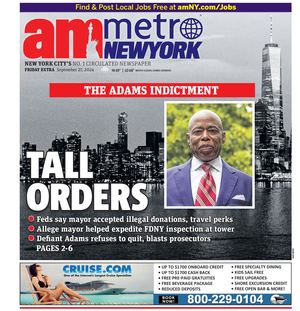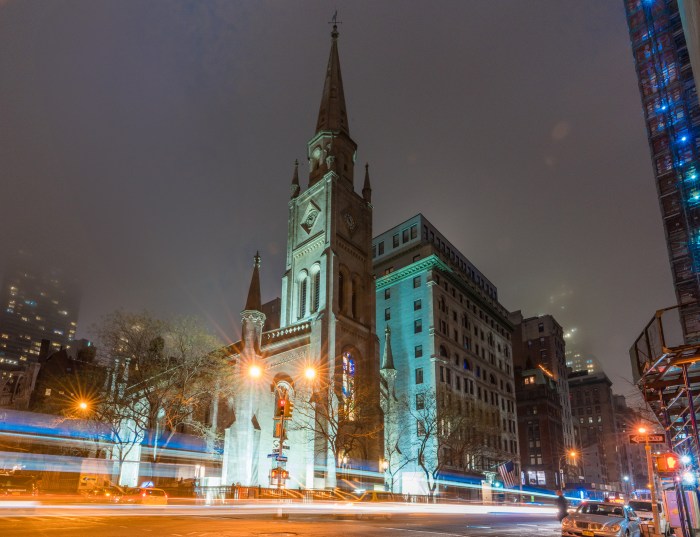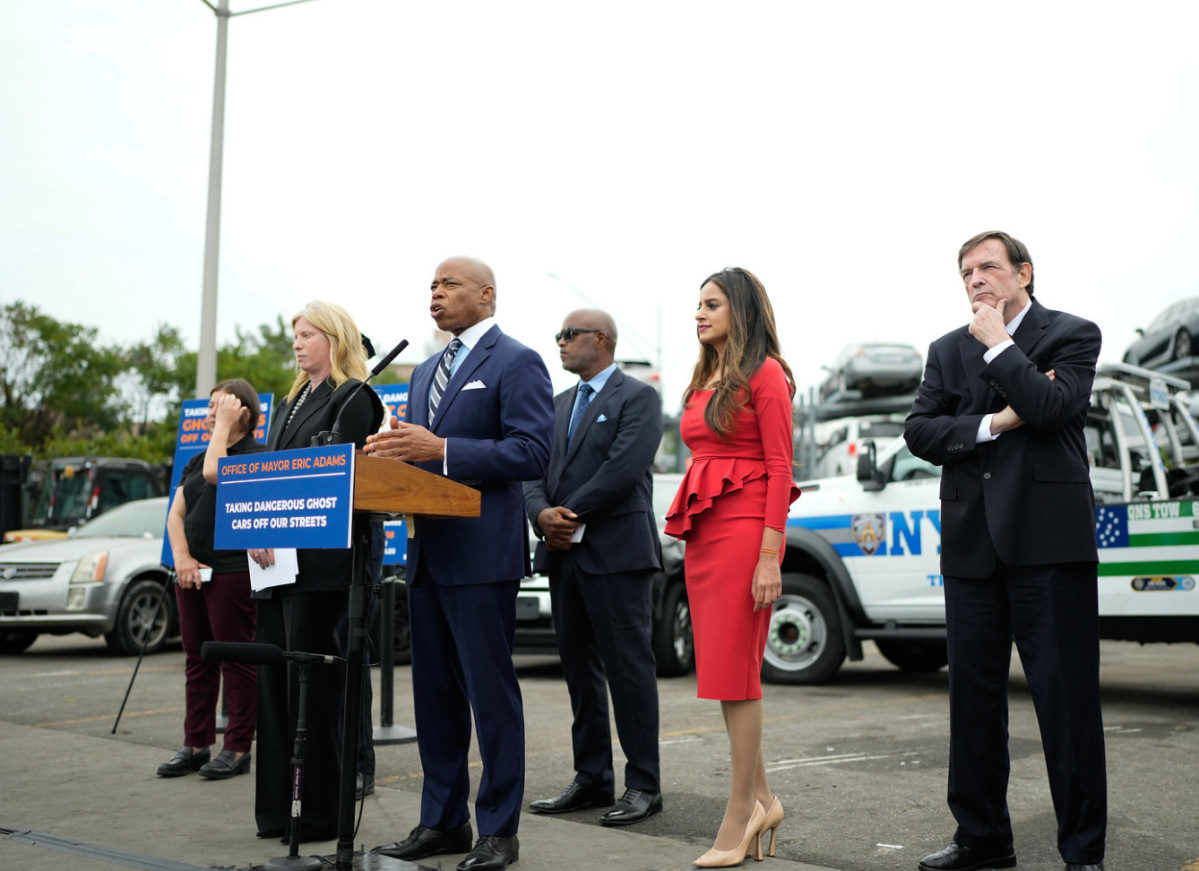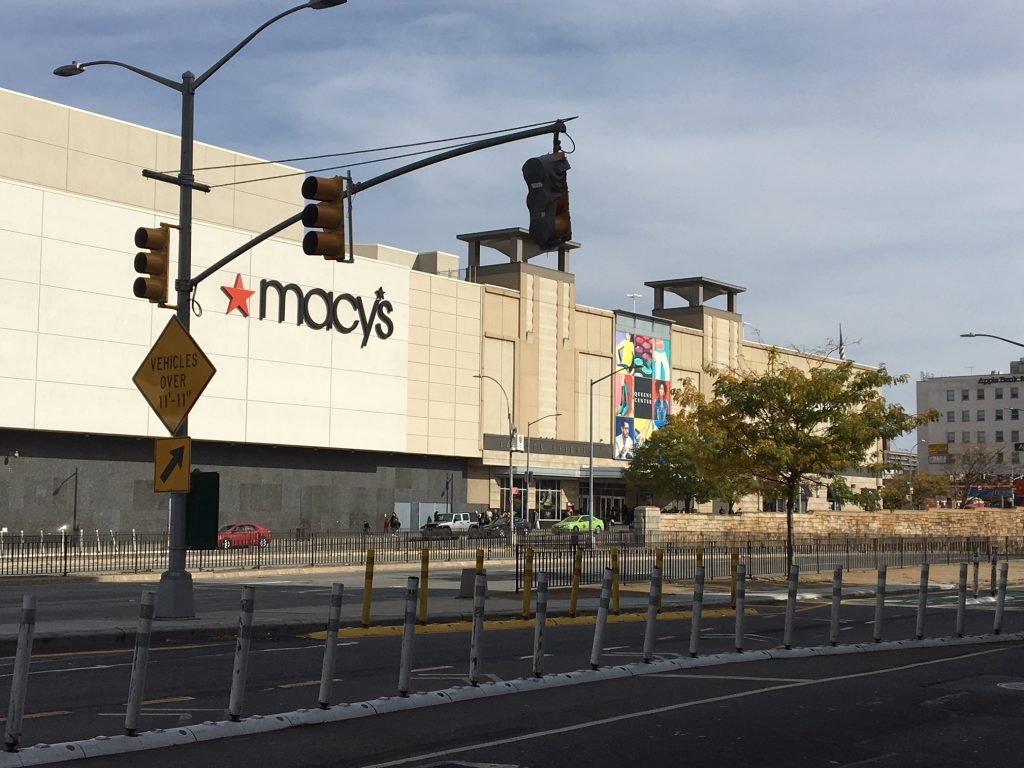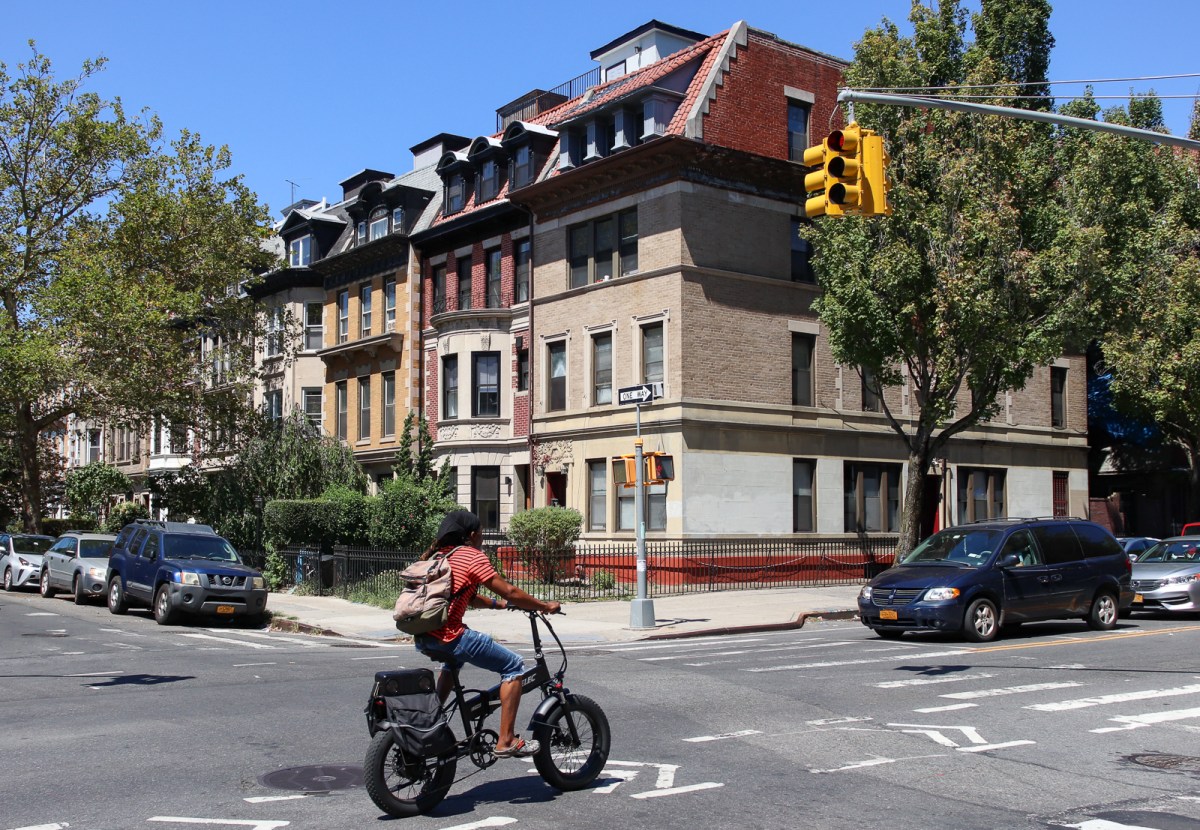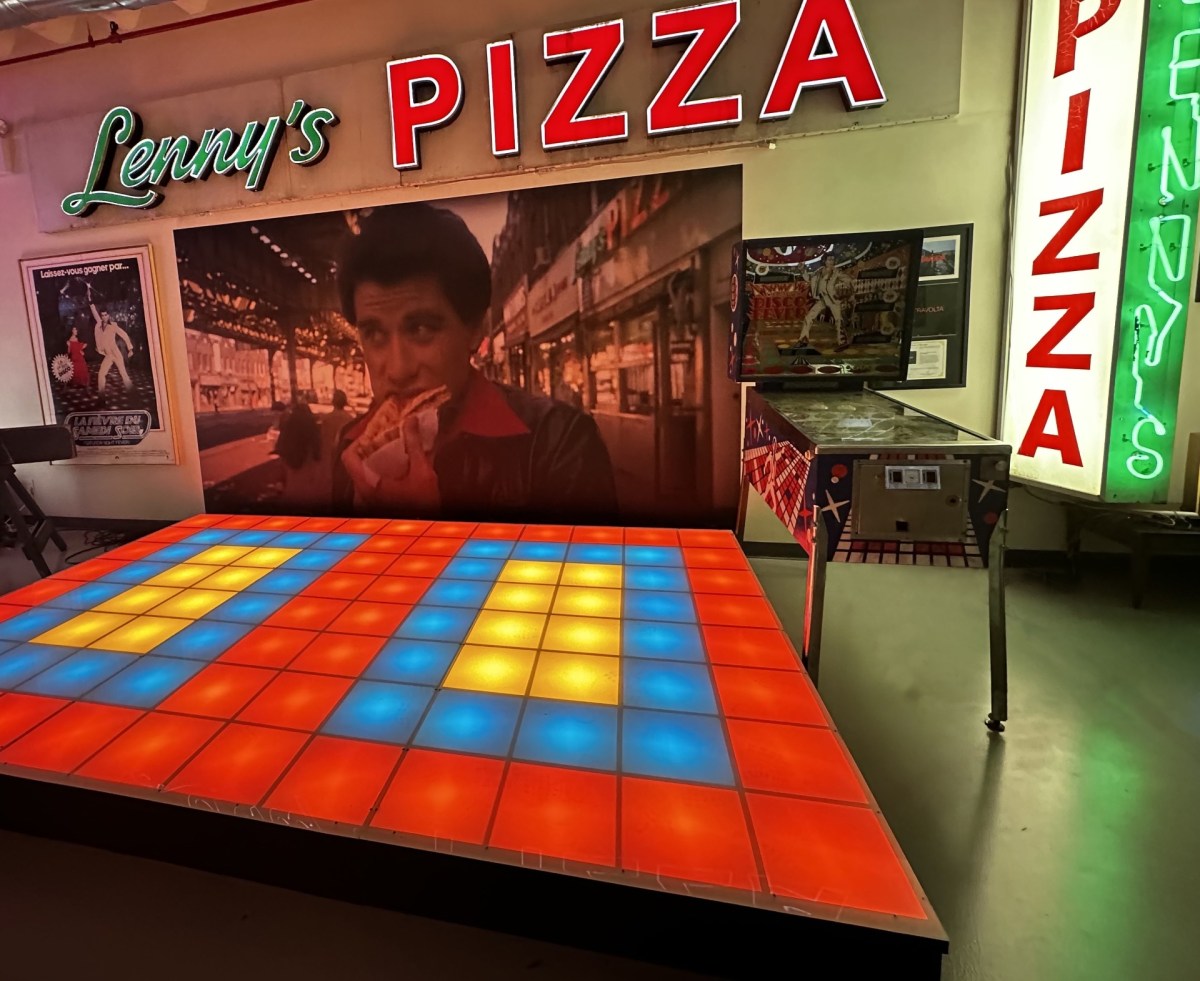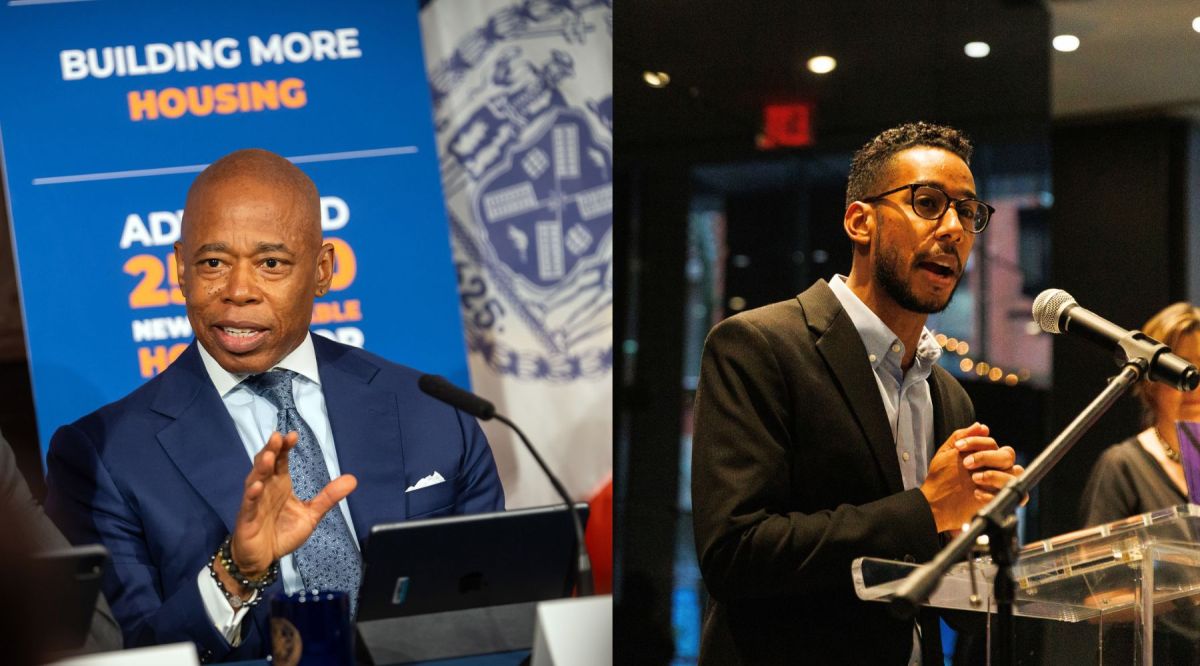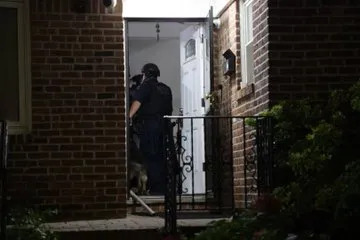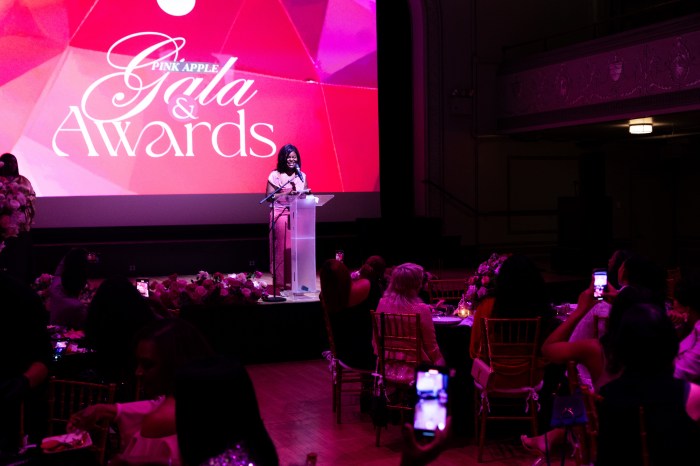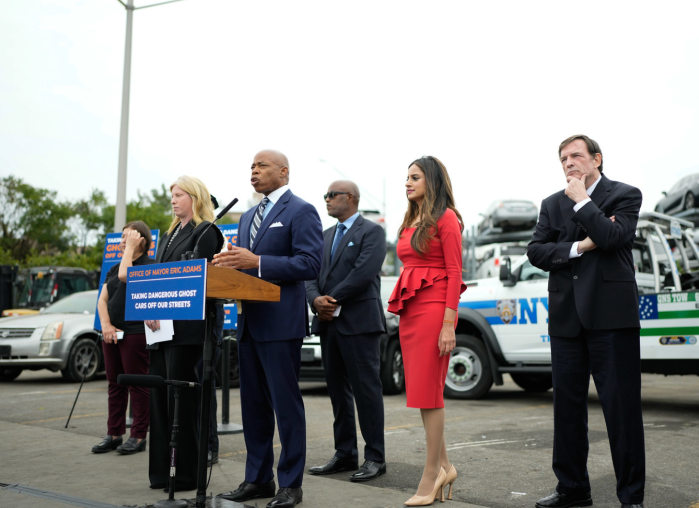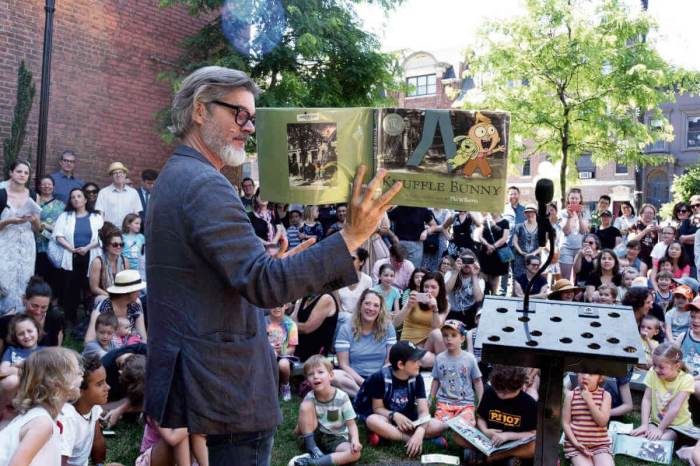By Harry Bartle
Late last month, in yet another effort to diversify the city’s economy, the Mayor’s Office released a press statement declaring plans to expand the Chinatown/Lower East Side Empire Zone to include the up-and-coming East River Science Park, a 3.5-acre site between 29th and 30th Sts. on First Ave., across the street from Bellevue Men’s Shelter. The “park,” however, is not the kind of place East Side parents are going to take their children on a Sunday afternoon. It’s primary features: two giant glass towers that, when combined, will total more than 2 million square feet. The science park is being developed to provide lab space for medical and biotech firms.
“Currently, the city’s institutions spin out 20 to 30 new companies annually,” said David Lombino, a spokesperson for the city’s Economic Development Corporation. “For small life-science firms like these, as well as large pharmaceutical companies, the lack of available commercial lab space has been a detriment to their locating in New York City.”
The city’s strategy seems to have started off on the right foot: ImClone, a global biopharmaceutical subsidiary of Eli Lilly and Company, announced last Wednesday that it had signed a long-term lease to occupy more than 90,000 square feet in the first tower.
In order to keep New York’s budding commercial bio-tech industry competitive and attract companies like ImClone, the mayor has taken special action to include the E.R.S.P. in the Empire Zones program, a New York State initiative established in 1986 to benefit certain areas that face long-term unemployment and poverty by stimulating job creation and private investment. Inclusion in an Empire Zone gives the science park access to various tax and real estate benefits, in addition to the $13.4 million investment by the city, $27 million given by the state, $15 million from the New York City Investment Fund and $2 million in federal funds. According to City Hall, the E.R.S.P. will create at least 2,000 new permanent jobs, ranging from scientific research to office support.
The ambitious $700 million project is designed to take advantage of what the mayor calls “New York’s unmatched assets for building a commercial biotech industry.” These assets include the nation’s largest concentration of medical institutions — nine — unparalleled access to Wall St. and the fact that New York receives the second highest amount of funding in the country, at $1.3 billion, from the National Institute of Health.
Currently, one of the towers, a giant blue-glass building standing tall on the edge of the East River, is nearing completion, with its first tenants set to move in the first quarter of 2010. The second tower is expected to be in use by 2015, thereby completing the 1,000 percent increase of the city’s commercial laboratory space.
